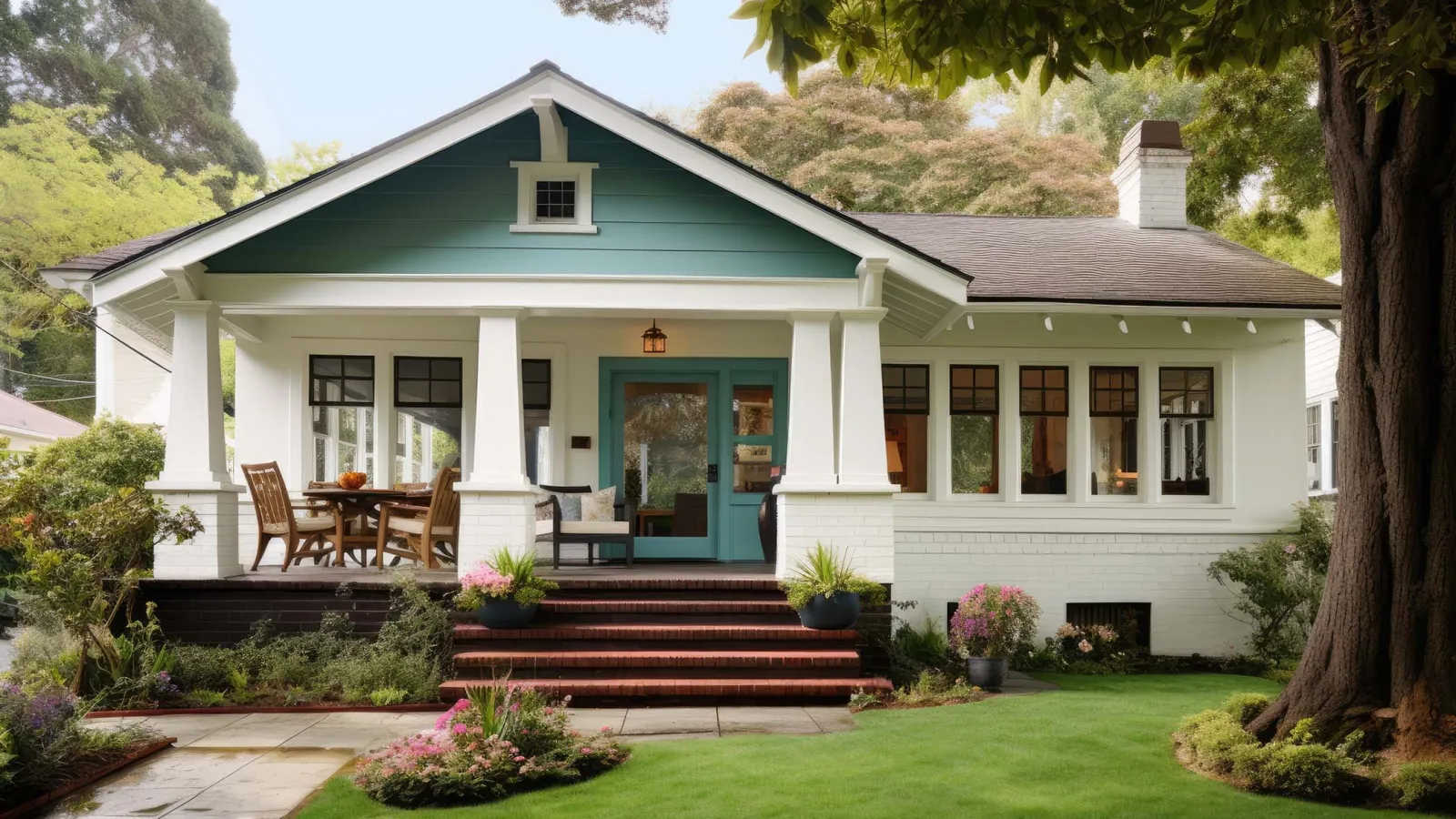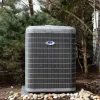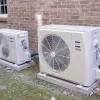It’s November in Atlanta and temperatures are dropping. And that bedroom above your garage – the same one that was scorching hot all summer? It’s a whole lot colder than the rest of your house.
Come to think of it, that bedroom is always too cold or too hot. Why?
The underlying cause is simple: Hot air moves to cooler areas. In the winter, warm air escapes from that room more easily than it escapes from the rest of your home. In summer, the reverse is true. Warm air enters your above-the-garage bedroom more easily than it enters, say… your living room.
But why that room? What’s so different about the room above your garage?
Three reasons: air sealing, insulation, and ductwork
Builders rarely insulate the floor above a garage. And in homes with attic knee walls (i.e., your attic is on the other side of the bedroom wall), inadequate thermal treatment and air leaks can wreak serious havoc on comfort.
A lot of bedrooms over garages have both of these problems. It’s double trouble for temperature control.
Most HVAC contractors also fail to install enough ductwork in these spaces to account for the lack of insulation and/or air sealing. A bedroom over the garage might receive the same airflow as other bedrooms, even though it needs a whole lot more airflow to be comfortable.
The easiest way to solve the problem is to increase airflow… if that’s possible.
Before a builder or HVAC contractor installs ductwork, they should perform a Manual D calculation to ensure proper ductwork design and sizing. Most don’t do it, though. Above-the-garage bedrooms are often located far away from an air handler or furnace, and contractors rarely account for how long the duct run is or balance the airflow properly.
Instead, they just slam something in to get the job done. It’s unfortunate, yet typical.
To fix this problem, we can increase airflow to the problem room by:
- Performing a Manual J load calculation on the entire upstairs system to make sure it has the capacity to increase airflow.
- Determining whether some rooms receive more airflow than needed to maintain comfort (they often do).
- Balancing the system to decrease airflow to some rooms and increase airflow to the room over the garage.
That’s the simplest, most affordable, least intrusive way to make the room above your garage more comfortable.
The problem? That room might need a lot more air. In our experience, these rooms often require around 400 cubic feet per minute (CFM) of airflow. Many systems simply can’t accommodate an increase of that magnitude.
So, what’s Plan B?
Another solution is to improve the envelope.
If you can’t improve the way your HVAC equipment operates, you can improve the way your home insulates you from extreme temperatures.
Your home’s “envelope,” in case you aren’t familiar with the terminology, is the structure’s continuous thermal and air barrier to the outside world. Walls and insulation are parts of the envelope. The stronger the envelope, the more comfortable and energy efficient the home.
That room over your garage probably has a low-quality envelope compared to the rest of your home, especially when it comes to insulation. By adding insulation between your garage and the upstairs bedroom and/or improving the insulation against your attic knee walls, you can bring the envelope surrounding that space up to par with the rest of your home.
Depending on the situation, we do this in a few different ways:
- “Drill and fill” insulation beneath the floor: If the floor beneath that bedroom isn’t insulated, we can add insulation between the floor joists. Typically, this involves drilling small holes in the garage floor, blowing fiberglass or cellulose into all the cavities, and patching the holes.
- Improving knee wall insulation: Most attic knee walls aren’t insulated very well. They usually have batt insulation, which is hard to install properly and often slips or falls off over time. Foam board and bubble wrap insulation are less prone to failure and provide a more continuous seal. We can add those materials over your batt insulation to improve overall thermal performance and keep the batts in place.
- Air sealing all around the room: Insulation provides a thermal barrier, but not an air barrier. Air can leak inside through gaps and cracks around that upstairs bedroom, often at the knee walls or attic access doors. Before adding any new insulation in these areas, it’s important to seal all the gaps and cracks with foam. That way, hot air (in summer) and cold air (in winter) can’t enter the room as easily.
When it’s cold outside, these treatments keep more warm air inside the room. And when it’s hot outside, they prevent more hot air from entering. It’s that simple.
Yes, that bedroom above your garage really can be comfortable. Crazy thought, right?
After improving airflow, optimizing the envelope, or both, you might enjoy hanging out in the room over your garage!
You can sell your space heaters on Craigslist, ditch the unsightly window unit AC, and stop apologizing about the temperature to your overnight guests. You might even turn the room into a studio, an office, or a game room for the kids.
The upstairs bedroom doesn’t have to be everybody’s least favorite space. Instead, it can be a place where people want to spend time.






